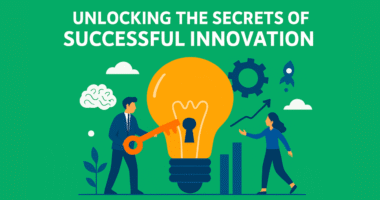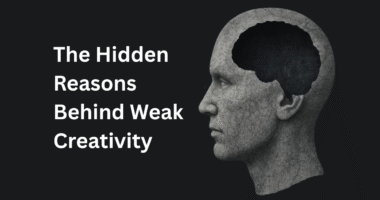In today’s competitive world, solving problems with originality is more valuable than ever. Traditional methods may work in some cases, but they often limit growth, innovation, and adaptability. To stay ahead, individuals and organizations must look for strategies that encourage unique approaches. By cultivating fresh perspectives, teams can develop solutions that are not only effective but also transformative.
Why Original Approaches Matter
Original approaches to problems allow people to step outside routine thinking and discover solutions others may overlook. This mindset can lead to breakthroughs in business, education, technology, and everyday life. Original problem-solving also boosts confidence, strengthens teamwork, and inspires long-term growth.
Effective Strategies for Generating Original Approaches
1. Encourage Curiosity and Open Questions
Curiosity is the foundation of creativity. Asking open-ended questions such as “What if?” or “How else can this be done?” can unlock new ways of thinking. Instead of focusing only on solutions, encourage exploring possibilities, which helps generate fresh insights.
2. Embrace Brainstorming Without Limits
Brainstorming sessions should be designed to capture as many ideas as possible, even if they sound unrealistic at first. By suspending judgment, individuals can share wild ideas that may later evolve into practical solutions. Quantity often leads to quality when it comes to creative thinking.
3. Leverage Cross-Disciplinary Thinking
Bringing together people from different industries, backgrounds, or skill sets fosters diverse perspectives. For example, combining insights from design, technology, and psychology can spark original solutions that a single field may not provide. Cross-disciplinary collaboration is a powerful driver of creativity.
4. Apply Design Thinking Techniques
Design thinking encourages empathy, experimentation, and iteration. It emphasizes understanding the problem deeply, generating multiple ideas, and testing prototypes. This approach ensures solutions are not only original but also practical and user-centered.
5. Create a Safe Space for Experimentation
Fear of failure often blocks originality. To inspire unique solutions, organizations must allow experimentation without harsh consequences for mistakes. A supportive environment helps people feel safe to try unconventional ideas, many of which can lead to breakthrough results.
6. Use Visualization Tools
Techniques such as mind mapping, sketching, and flowcharts help people visualize problems differently. By seeing connections and patterns in a visual format, teams can generate insights that words alone may not reveal. Visualization also simplifies complex challenges into manageable parts.
7. Learn From Unrelated Fields
Sometimes the best ideas come from looking outside your industry. Studying how problems are solved in unrelated areas can provide fresh inspiration. For example, a business team could learn efficiency methods from sports training or artistic processes.
Building a Culture of Originality
Original approaches cannot thrive without a culture that values them. Leaders play a critical role by recognizing unique ideas, encouraging collaboration, and rewarding creativity. Over time, such a culture helps organizations remain innovative, flexible, and ready to face any challenge.
Conclusion
Generating original approaches to problems requires strategies such as encouraging curiosity, brainstorming, cross-disciplinary collaboration, design thinking, safe experimentation, visualization, and learning from other fields. By adopting these methods, individuals and organizations can create unique, practical solutions that stand out in a competitive world.









